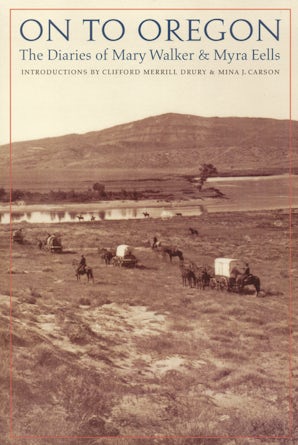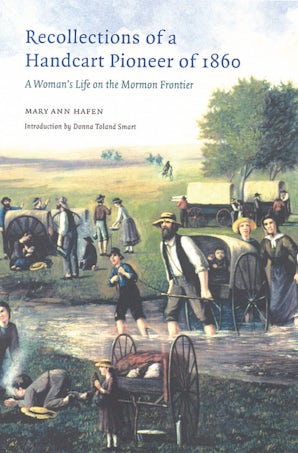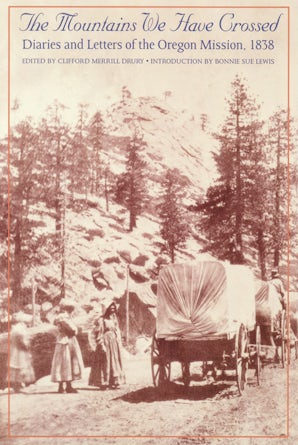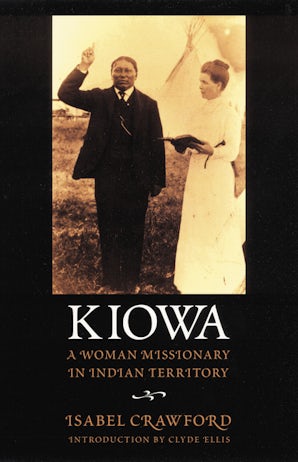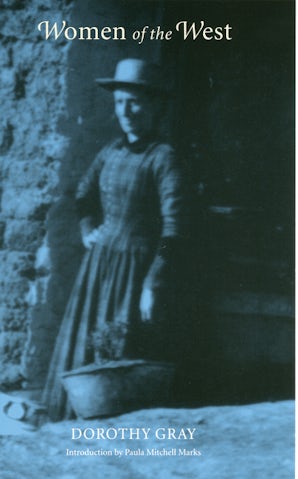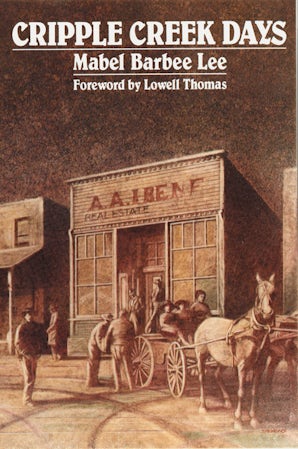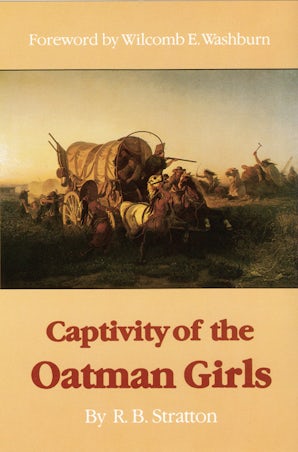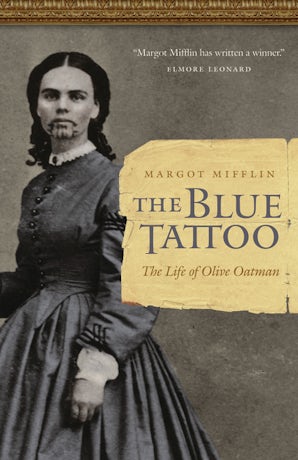SOUTHWEST
THE SONG OF THE LARK

Willa Cather’s third novel, The Song of the Lark, depicts the growth of an artist, singer Thea Kronborg, a character inspired by the Swedish-born immigrant and renowned Wagnerian soprano Olive Fremstad. Thea’s early life, however, has much in common with Cather’s own.
Set from 1885 to 1909, the novel traces Thea’s long journey from her fictional hometown of Moonstone, Colorado, to her source of inspiration in the Southwest, and to New York and the Metropolitan Opera House. As she makes her way in the world from an unlikely background, Thea distills all her experiences and relationships into the power and passion of her singing, despite the cost. The Song of the Lark presents Cather’s vision of a true artist.
THE BLUE TATTOO

“The Blue Tattoo is well-researched history that reads like unbelievable fiction, telling the story of Olive Oatman, the first tattooed American white woman. . . . Mifflin weaves together Olive’s story with the history of American westward expansion, the Mohave, tattooing in America, and captivity literature in the 1800s.”—Elizabeth Quinn, Bust
VANISHED ARIZONA

When Martha Summerhayes (1844–1926) came as a bride to Fort Russell in Wyoming Territory in 1874, she “saw not much in those first few days besides bright buttons, blue uniforms, and shining swords,” but soon enough the hard facts of army life began to intrude. Remonstrating with her husband, Jack Wyder Summerhayes, that she had only three rooms and a kitchen instead of “a whole house,” she was informed that “women are not reckoned in at all in the War Department.”
Although Martha Summerhayes’s recollections span a quarter of a century and recount life at a dozen army posts, the heart of this book concerns her experiences during the 1870s in Arizona, where the harsh climate, rattlesnakes, cactus thorns, white desperadoes, and other inconveniences all made for a less-than-desirable posting for the Summerhayeses.
Fort Verde State Historic Park
Martha Summerhayes on the Crook Military Road
Historic Trails of Arizona – General Crook Road
RELATED TITLES






